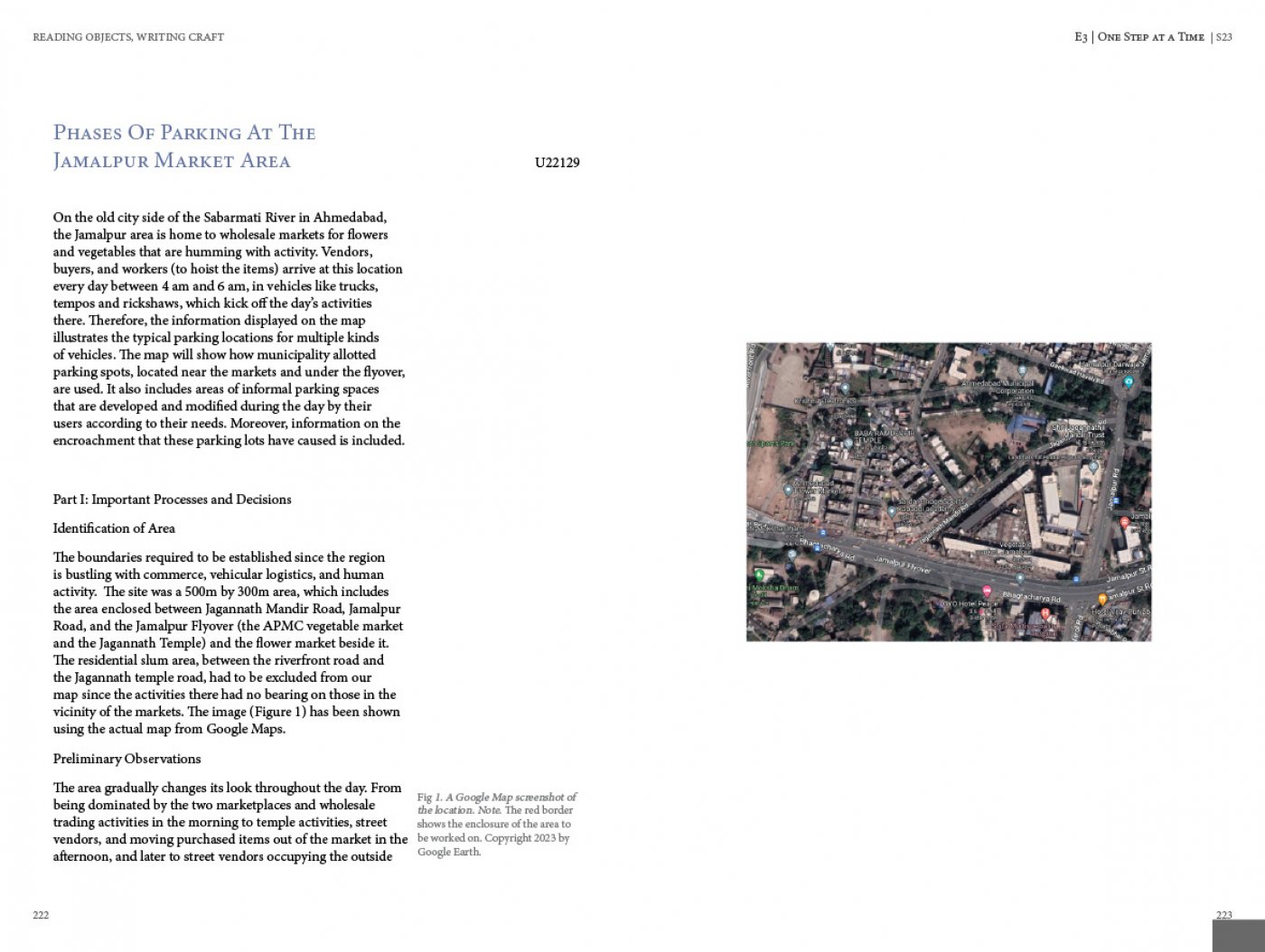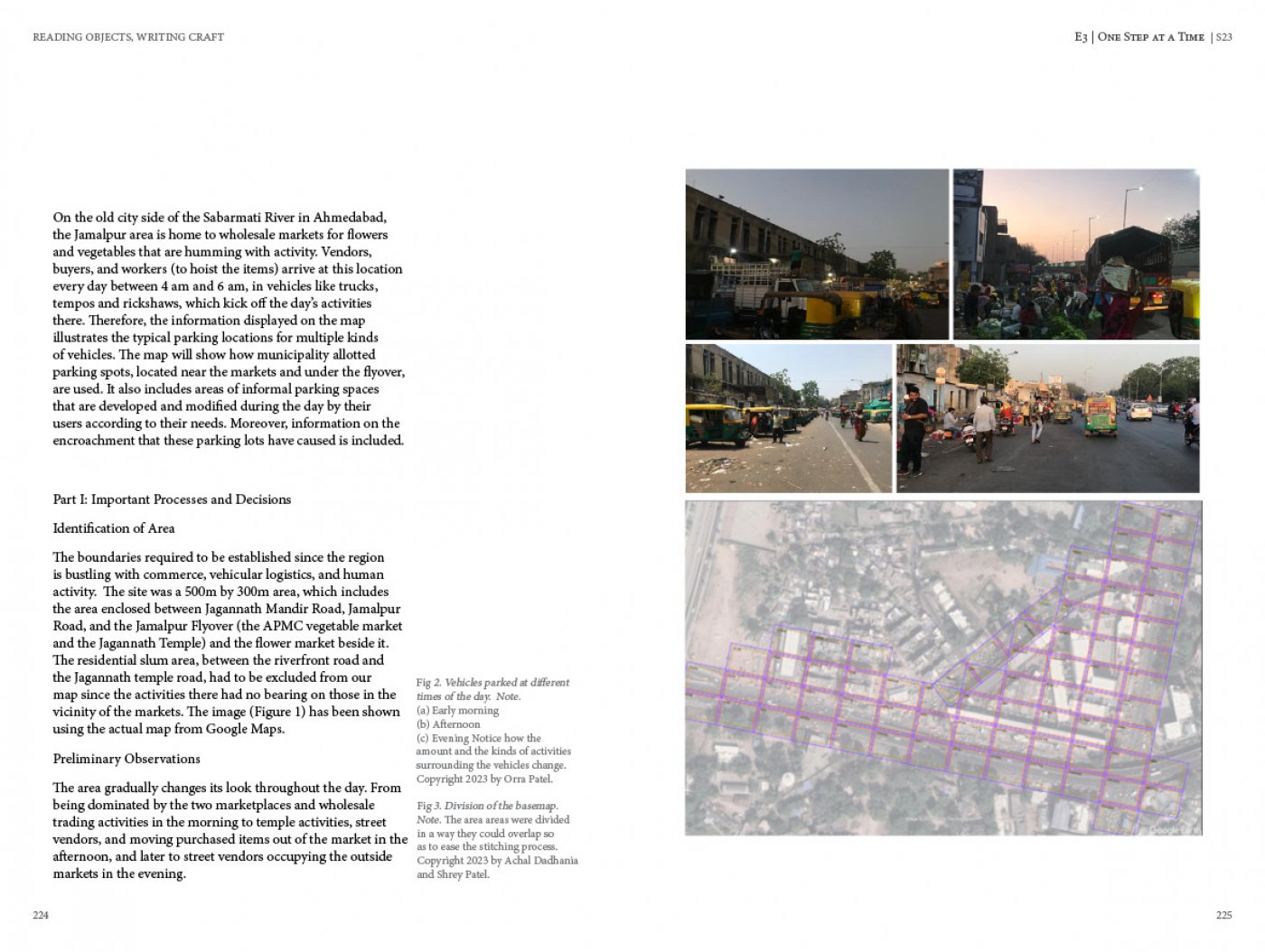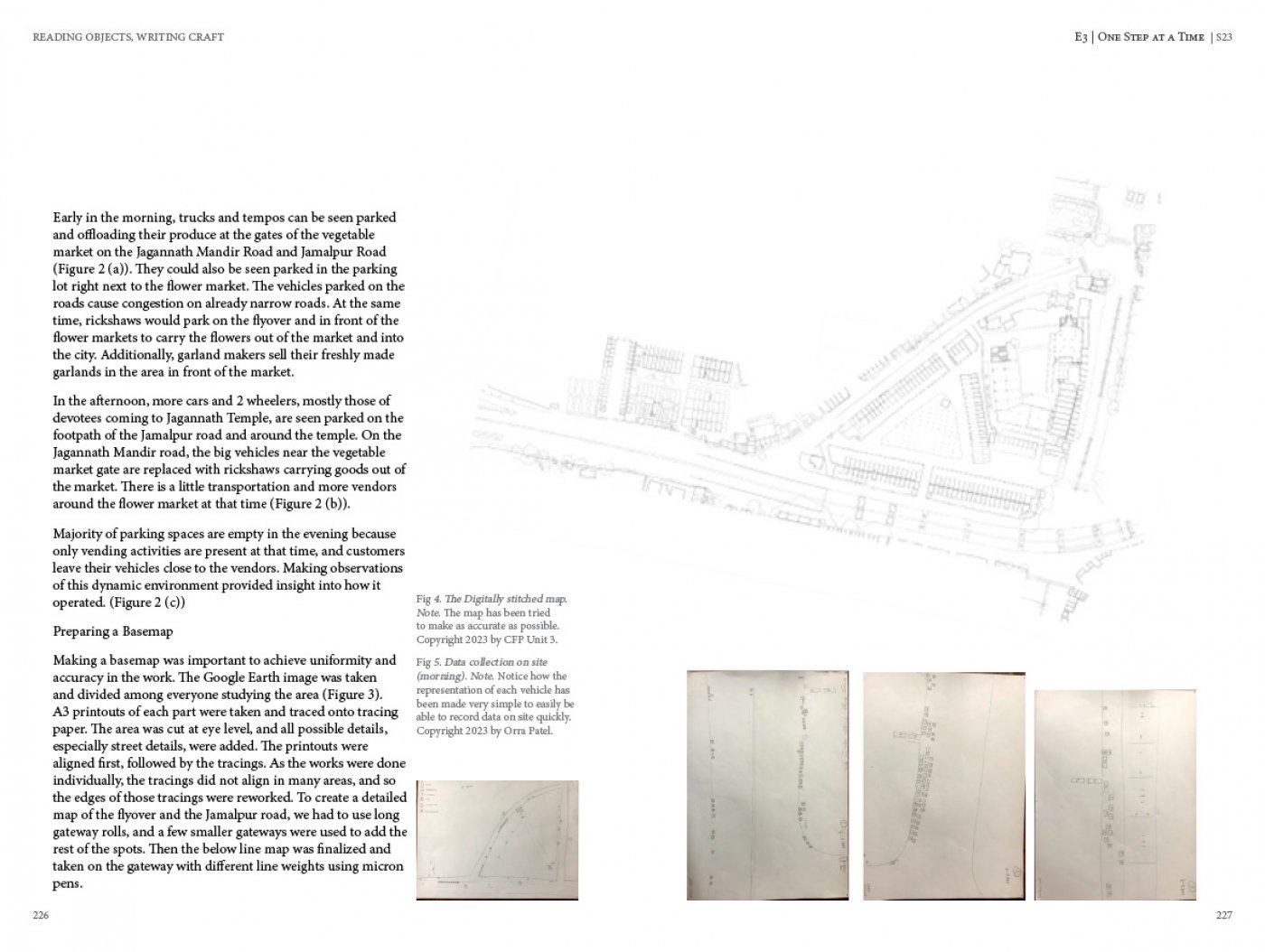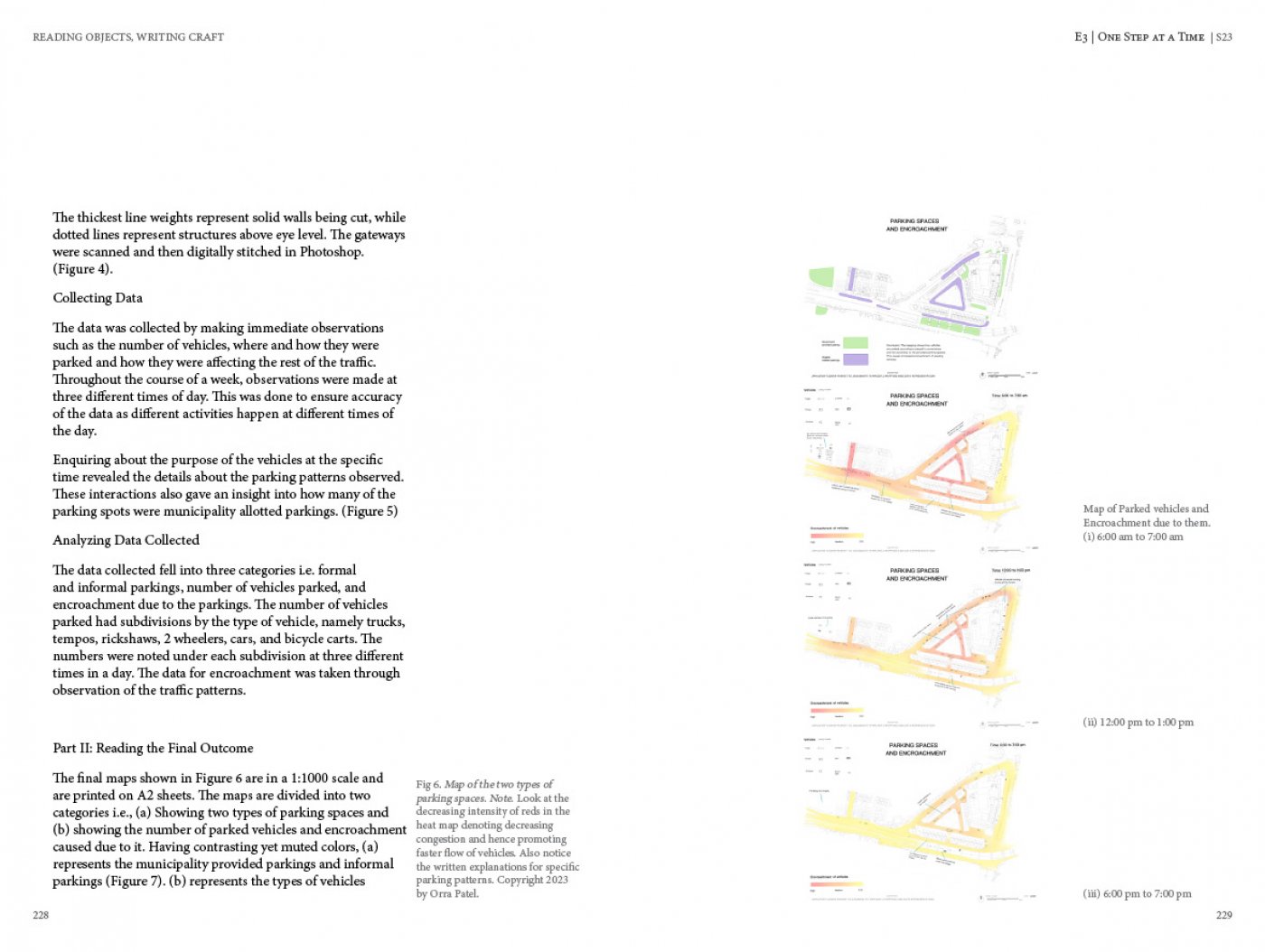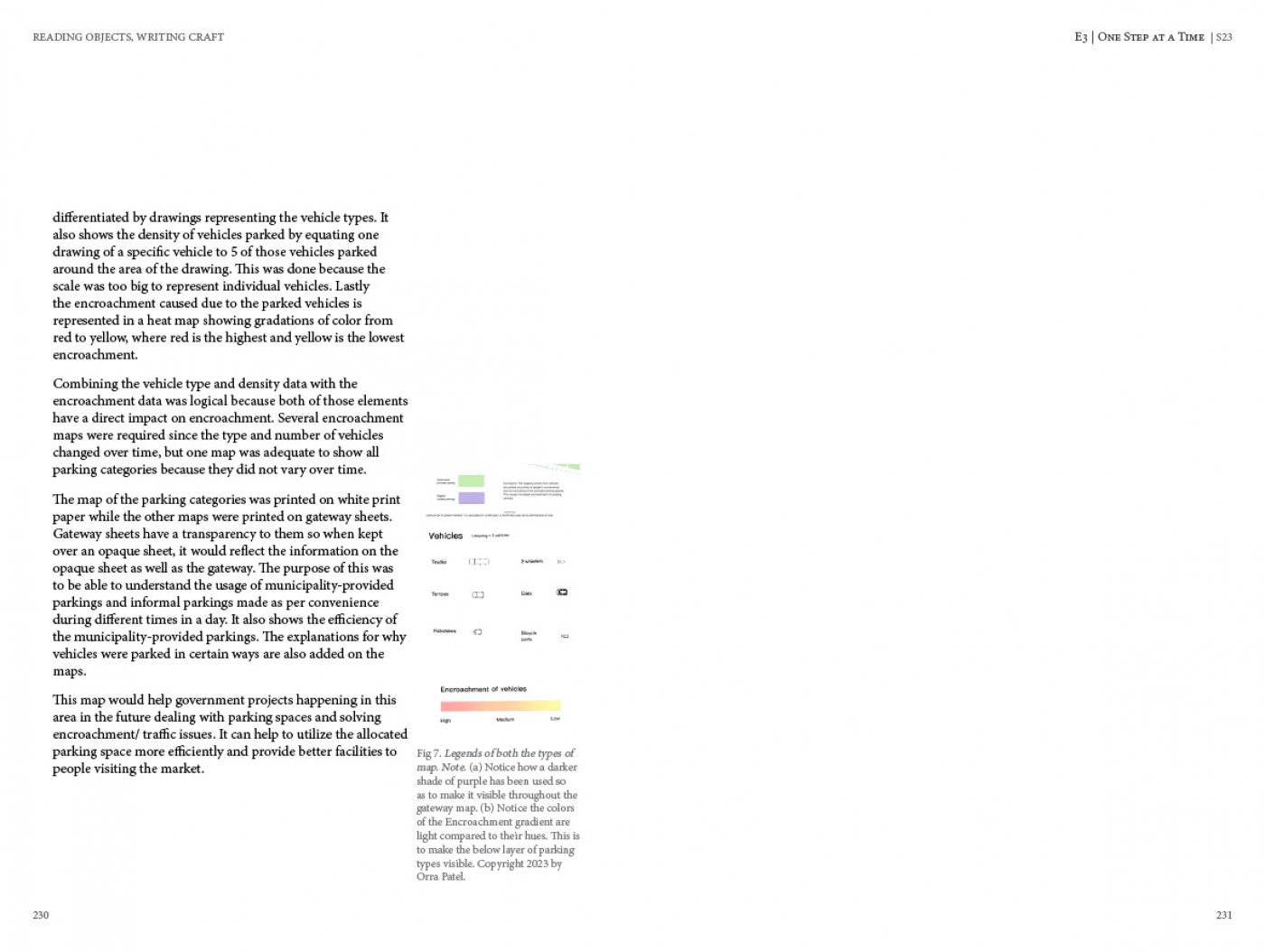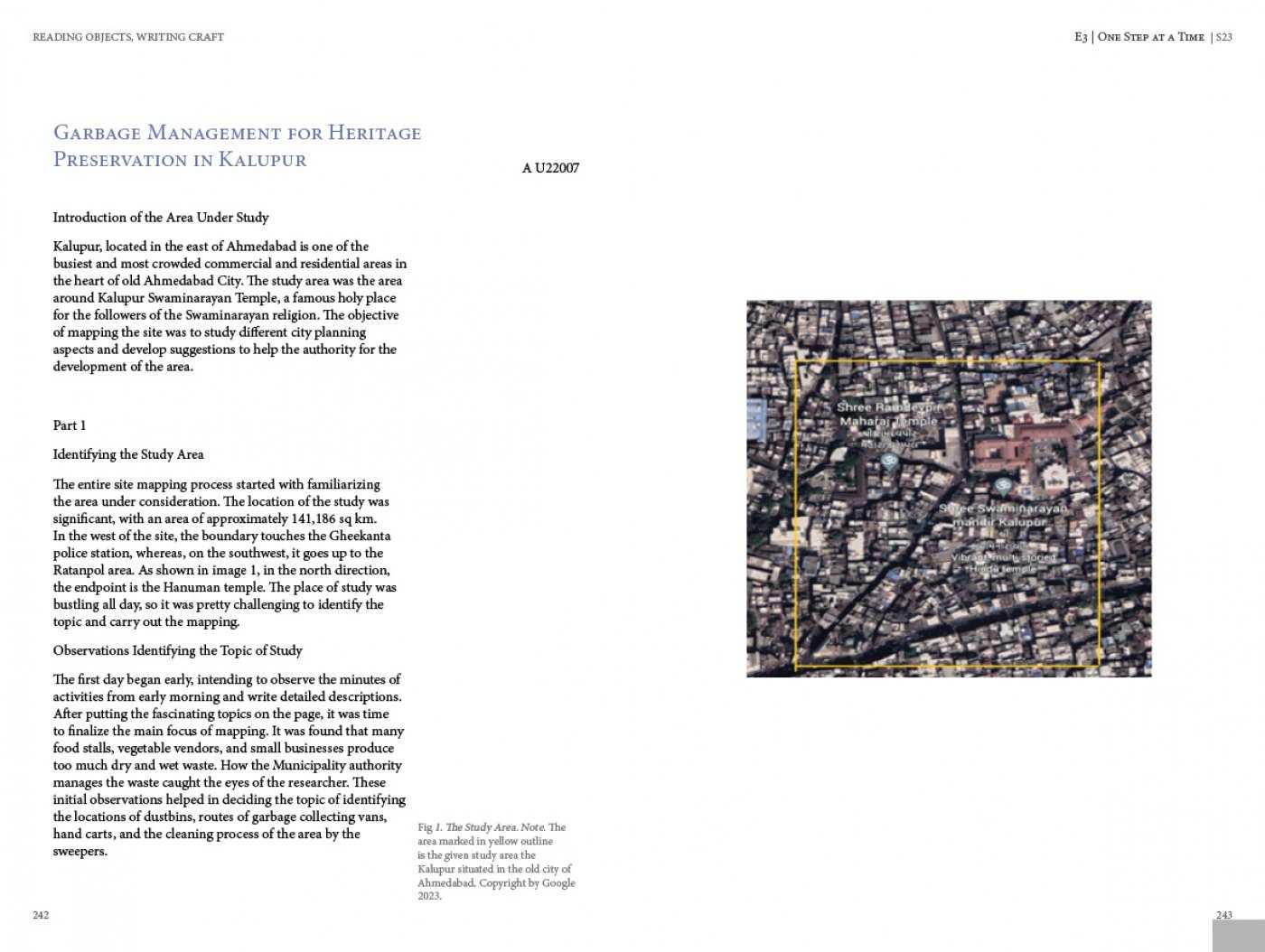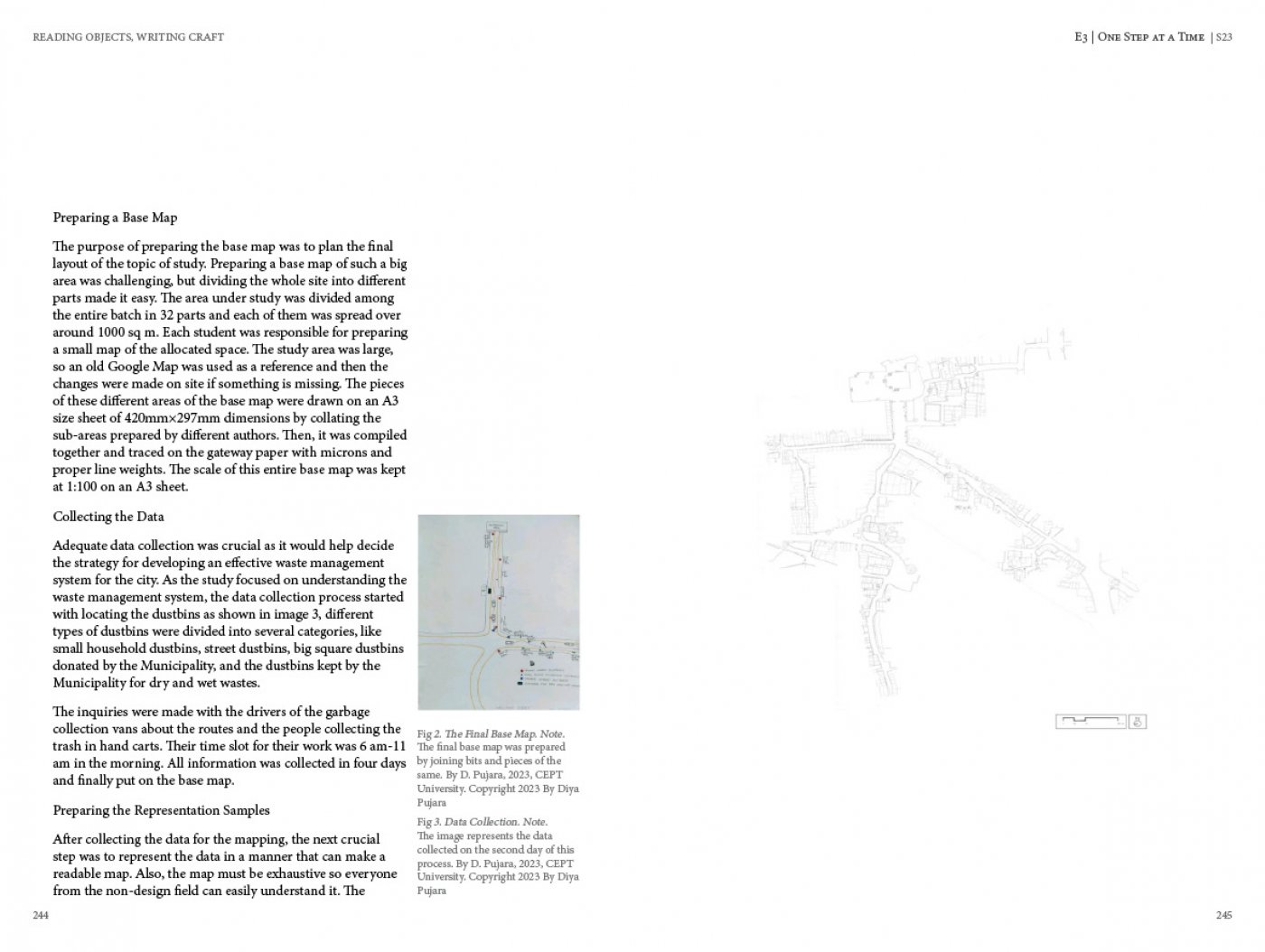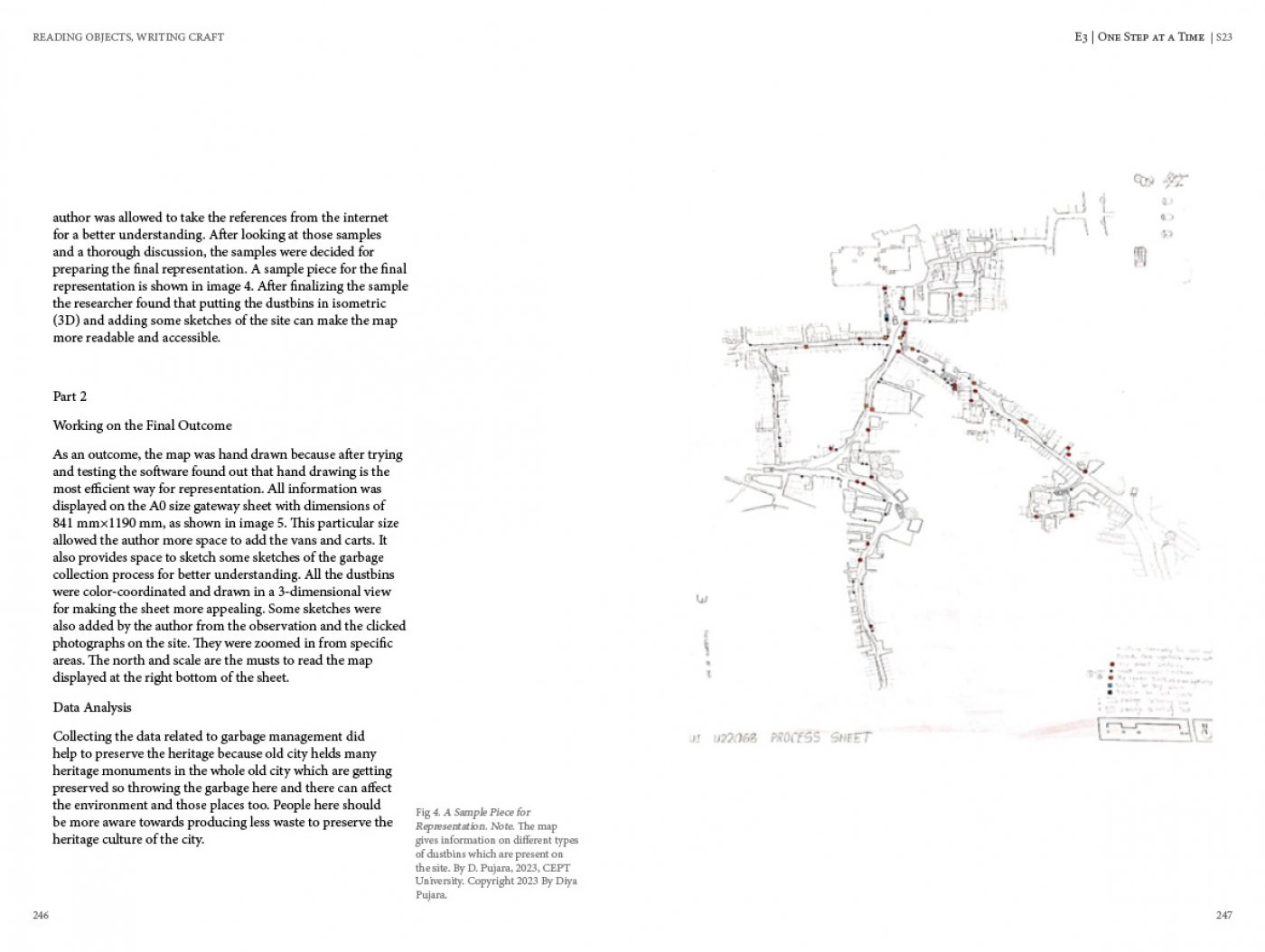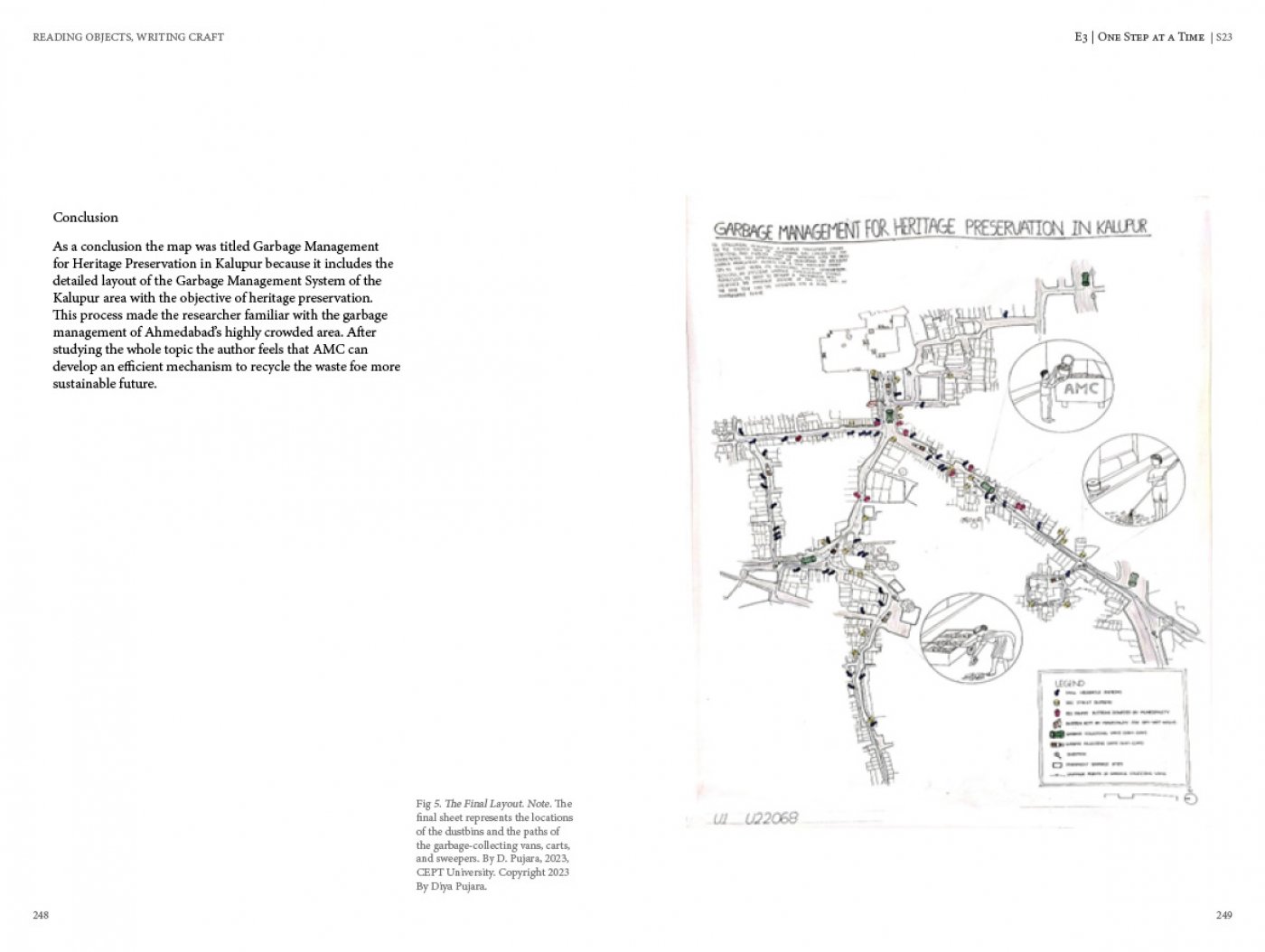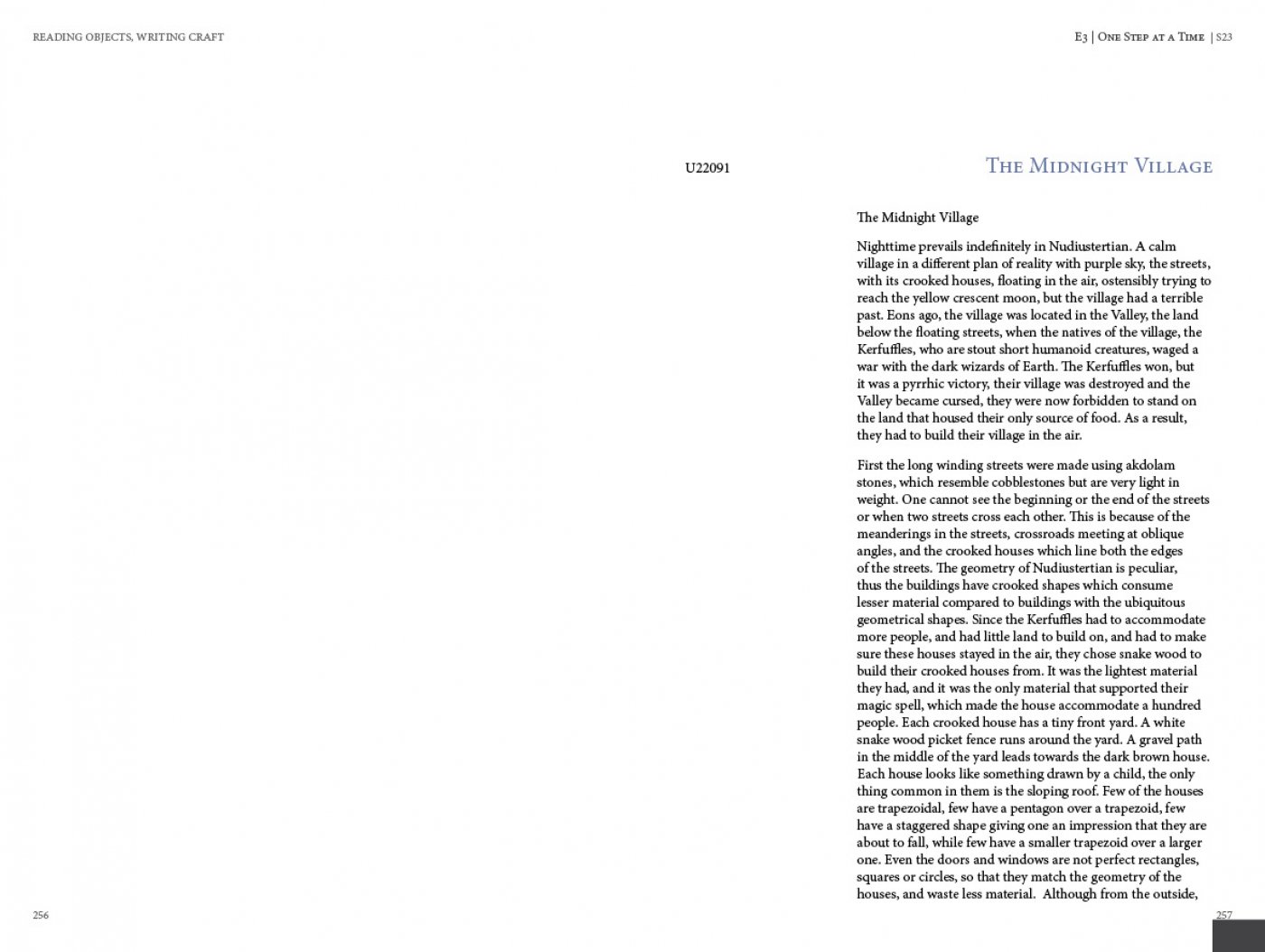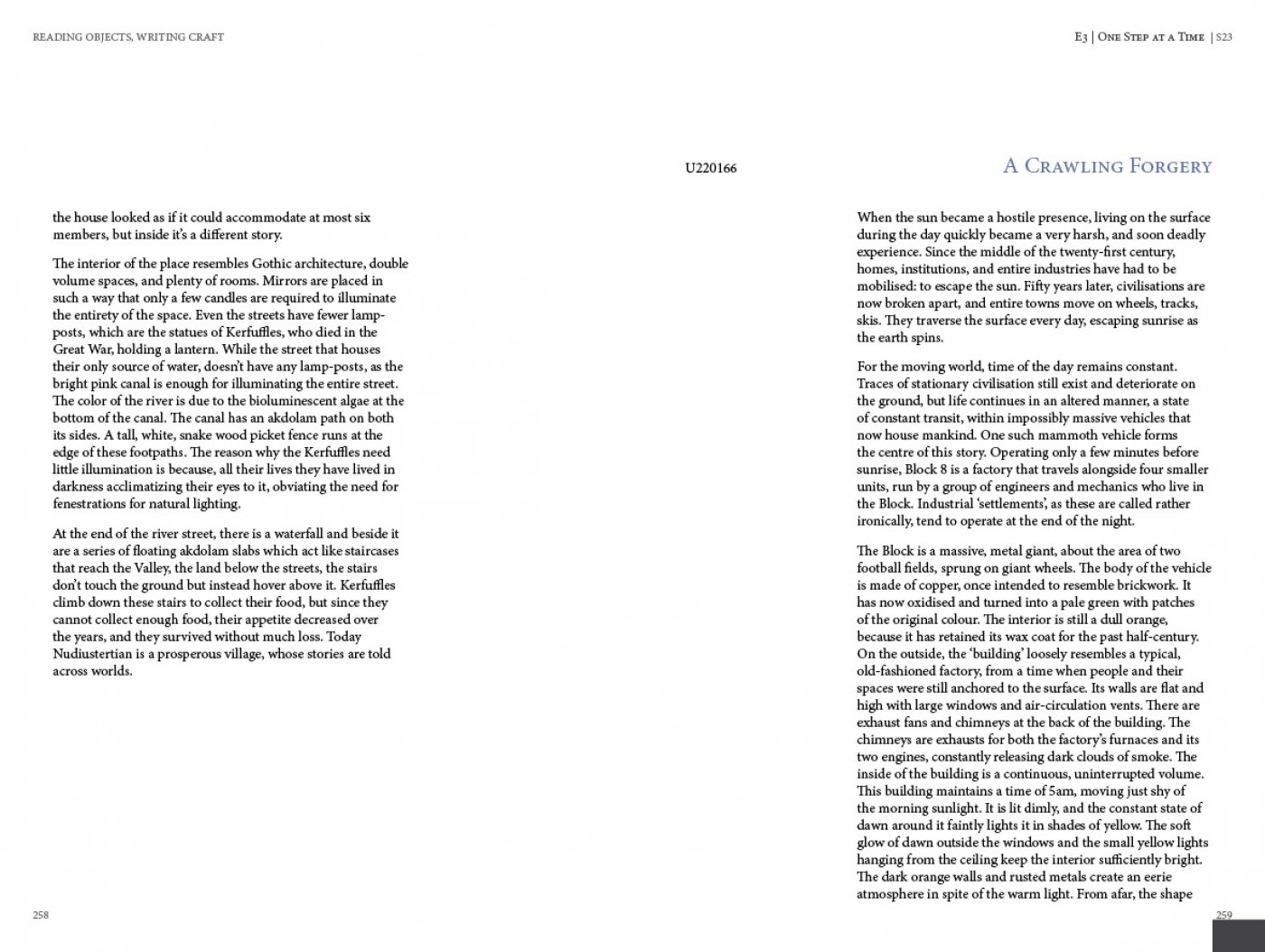Your browser is out-of-date!
For a richer surfing experience on our website, please update your browser. Update my browser now!
For a richer surfing experience on our website, please update your browser. Update my browser now!
Documenting processes – specifically when they are ones of mapping an area in the city – entails a balance between making one’s methodological choices explicit, and foregrounding the content itself. The exercises involves asking, at a larger scale, why certain steps of the process of ‘mapping’ are relevant and need to be undertaken in specific ways, at a particular point in the process – this is an act of saying (or writing) out loud the logic that is otherwise either implicit or obfuscated by the act of doing as part of an exercise. It also involves being able to understand how the methodology determines what can or cannot be said, and with what kind of certainty about the area mapped. A key and difficult question here is to step back from one’s experiential knowledge on the site one mapped, to realize what a viewer looking at the map would not know without being told – seeing the points where connections need to be made explicit, where anecdotal evidence is pertinent to bring in.
Additionally, an extension of the ability to describe a space that exists and to which one has access is the ability to do that for a part of a world one imagines. It is an act of defamiliarization and giving free reign to one’s creativity, starting from a question as simple as: what if the world functioned by different rules, what would it be like? Conceptualized and determined to a great extent by studio requirements, this is an exercise in imagining and articulating in sufficient detail material aspects of a space, the mood and the atmosphere. It requires thoughtfulness about the perspective at work in the description – understood as concern specific to a person/character as well as visually – about narrative opportunities to introduce descriptive elements seamlessly, and about staying true to the logic of the world created. While not an exercise in creative writing that allows for exploration of character and plot, this is an opportunity to work on showing rather than telling the reader abstractly what a space looks like, and producing in them the response one seeks – the feeling of the place, the pace of movement through it.
.jpg)
.jpg)
.jpg)
.jpg)
